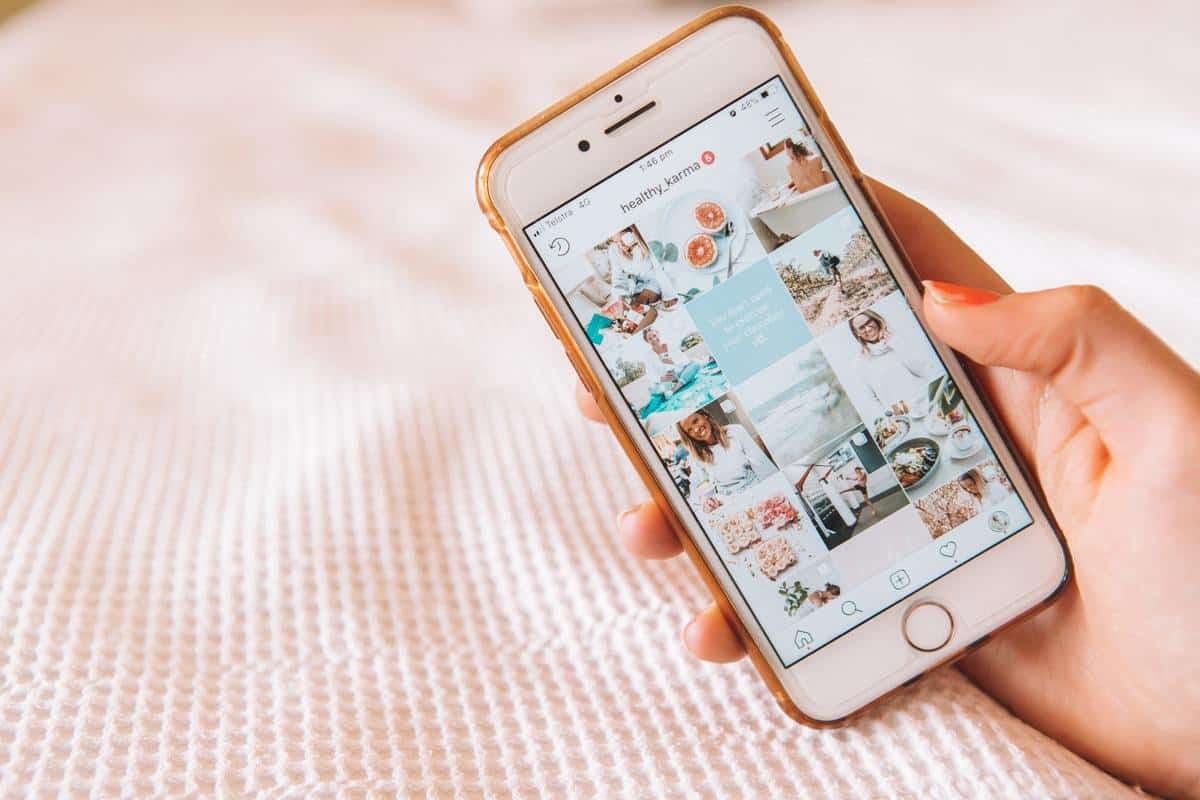You may associate brand ambassadors with iconic brands with deep pockets, but entrepreneurs, small businesses and retailers are increasingly choosing influencer marketing over traditional advertising. This is because it can reach new audiences and generate an 11x higher return on investment (ROI) than conventional methods.
The number of small businesses using influencer marketing escalated during COVID-19 lockdowns as consumers turned to local brands and consumer habits shifted. People spent more time online, and the use of social media platforms to make purchasing choices increased. Forty-three per cent of Australians surveyed by News Corp said they engage with brand content at least daily, with 84 per cent taking some form of action (buy, share, follow, save). Thirty-four per cent purchase a product after engaging with a recent piece of brand content.
Brands creating new campaigns are integrating influencer marketing from the outset. No longer a tack on to a broader marketing strategy, using influencers is now a deeply ingrained component of any successful product launch, promotion, or campaign.
The way brands engage with influencers has also drastically changed. As influencers are now faced with more commercial opportunities – and can afford to take a more selective approach – authenticity is now at the heart of the influencer/brand relationship.
The authenticity must be two-way. A symbiotic relationship in every sense, brands will favour influencers where there is a genuine connection, and influencers will gain popularity and engagement when their sponsored posts reflect their true personality, style, and interests.
We’ve seen a significant shift away from one-off paid posts to brands favouring more long-term and collaborative relationships using brand ambassadors. But this brings its own challenges. How can brands ensure they secure their preferred influencers for an upcoming campaign?
Know the influencer inside out before approaching them
A recent survey of global influencers conducted by HypeAuditor revealed the top reason influencers refuse to work with brands is because they do not like or value the brand that contacts them (51 per cent). This demonstrates that around half of the outreach conducted by brands to influencers is potentially wasted on individuals who would never likely take the next step with them.
Don’t waste time talking with influencers who might not be relevant to your product or brand values. Research and identify influencers who will resonate with your target audience and be vigilant in assessing the quality of their audience. There are countless fake accounts with purchased followers out there, and a brand’s hard-won budget needs to be spent in the right places to maximise engagement.
Get personal
In the survey, 43 per cent of influencers said they never or rarely received a personalised message from a brand. This is hardly a hopeful beginning to a fruitful influencer relationship. There is no use in sending out catch-all, generic messages to hundreds of different influencers, hoping something will stick. Any influencer who responds positively to this message might not be the right fit for your brand— it shows perhaps they are willing to do anything for a paycheque.
One of the benefits of personalising your message to influencers is that many share a lot of information about themselves in the public sphere. Spend a moment getting a feel for their tone and stance and personalise your sales pitch according to their interests.
Clarity and transparency go a long way
In the initial outreach to influencers, put the important parameters of your proposed engagement upfront. This can include details on the product, timelines, budget, and expected deliverables. Without this, an introduction can be unnecessarily protracted, or your inquiry can simply go ignored.
Read more: Six reasons why an influencer marketing campaign can fail
Read more: Let’s talk: Instagram influencers
Keep up to date with our stories on LinkedIn, Twitter, Facebook and Instagram.

